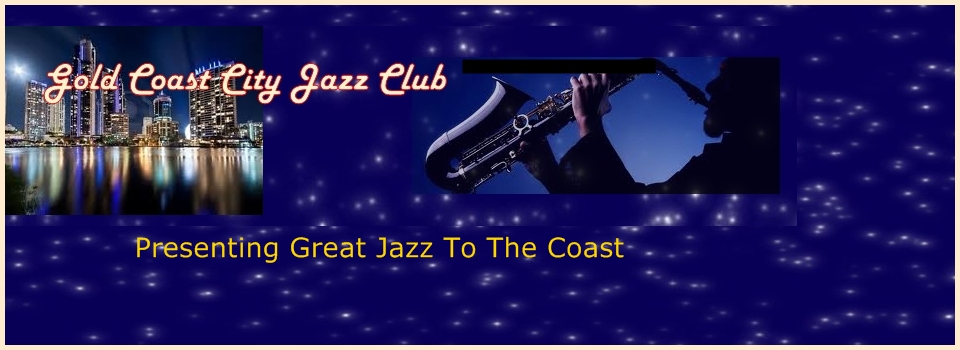Pianist-composer Thelonious Sphere Monk was born on October 10, 1917 in Rock Mount, North Carolina.
Monk began playing the piano when he was six and was largely self-taught.
His first gig (when he was a young teenager) was touring with an evangelist for whom he accompanied on organ.
Monk was the house pianist at Minton’s Playhouse in the early 1940s, and the earliest documentation of him from private tapes finds him sounding a bit like Teddy Wilson and early stride pianists although already showing a bit of his emerging musical personality.
By the time he made his official recording debut with Coleman Hawkins in 1944, Monk’s style was very recognizable and unique, using his own unusual chord voicings, use of space and wit.
While Duke Ellington was an early influence, Monk sounded unlike anyone else and the same can be said for his harmonically advanced and unusual compositions of which “’Round Midnight” (first recorded by the Cootie Williams Orchestra in 1944) became his most famous song.
Monk made his first recordings for the Blue Note label in 1947, but after gaining some recognition as one of the founders of bebop, he spent much of the next eight years in obscurity, still playing and occasionally recording but considered too eccentric both musically and personally for even most of the bop musicians to hire.
His fortunes began to change in 1955 when Orrin Keepnews signed Monk to the Riverside label, re-introducing him to the public by having him recording an album of Duke Ellington compositions and another one of standards before recording his own music, which started with the innovative album Brilliant Corners.
The commercial breakthrough for Monk took place in the summer of 1957 when he led a quartet at the Half Note that featured tenor-saxophonist John Coltrane; jazz critics finally noticed him and started to praise him as an innovative giant even though his music was virtually unchanged from a decade earlier.
Thelonious Monk had a long period of relative prosperity, being featured at big band concerts in 1959 and 1963, touring Europe regularly, signing with the Columbia label in 1962 and even making the cover of Time Magazine in 1964.
He led a regular quartet which for a decade featured tenor-saxophonist Charlie Rouse.
Monk’s health began to decline in the early 1970s and after some tours and recordings with Dizzy Gillespie as part of the Giants Of Jazz, he gradually went into retirement, not performing live after 1976.
Thelonious Monk passed away in 1982 at the age of 64, and in the years since he has been lionized as one of the most important pianists and composers in jazz history.
Above is Monk playing “‘Round Midnight.”
Here Thelonious Monk plays “Hackensack” with his quartet during a 1964 concert on British Television.
Monk appears here with recently acquired band members Larry Gales and Ben Riley who together with Charlie Rouse remained with him for more than four years making them his longest serving ensemble.
In 1955, Thelonious Monk recorded a classic album in which he performed fresh variations on Duke Ellington songs.
At the 1969 Berlin Jazztage, as part of a celebration of Duke Ellington’s 70th birthday, Monk was persuaded to perform a solo set of Ellington songs.
This was quite rare since Monk very rarely played an entire set of someone else’s songs, but he was not only a great admirer of Ellington but a bit influenced by Duke’s piano style.
Thelonious Monk’s relaxed stride piano version of “Satin Doll” is typically unique, with his own chord voicings and ideas, paying tribute to Ellington while being himself.

Speak Your Mind